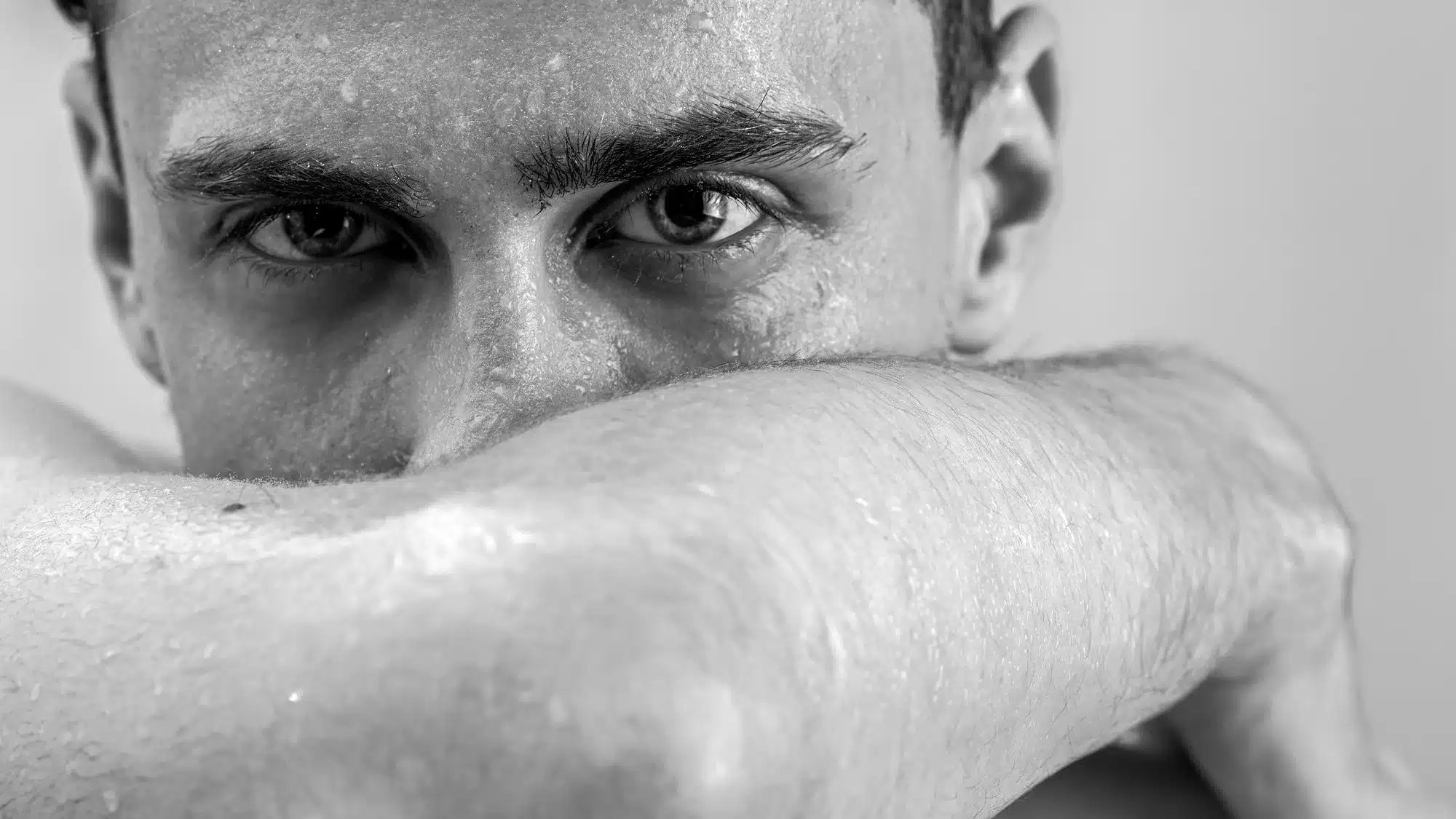
What is craniofacial hyperhidrosis?
Sweating is a biological function of the body that is extremely vital for eliminating toxins and stabilizing the body temperature within the normal range. Perspiration is also important for getting rid of any potentially harmful microorganisms present on the surface of the skin that cannot survive in temperatures above 37°C. However, there are people who experience excessive and abnormal sweating; this condition is known as hyperhidrosis. This debilitating condition can be differentiated into two different subtypes, depending on the cause of excessive sweating and the area(s) affected. Craniofacial hyperhidrosis simply refers to excessive and abnormal sweating in the face, head, and/or scalp. Patients affected by craniofacial hyperhidrosis may find the condition to be extremely stressful and embarrassing, as it is quite difficult to hide the effects of facial sweating from other people.
What are the treatment methods for craniofacial hyperhidrosis?
The appropriate treatment regimen is highly dependent on the cause of craniofacial hyperhidrosis. If patients experience excessive facial sweating after eating certain types of food (e.g. spicy foods, tomato sauce, coffee, tea, etc.), then this condition is known as Gustatory hyperhidrosis, which can be controlled by avoiding said trigger foods. Patients who do not get adequate relief from diet control may then require topical antiperspirants. However, the major limitation of this treatment modality is that it induces skin irritation, especially due to the formation of hydrochloric acid and the reaction between these antiperspirants’ active ingredient, aluminum chloride, reacts with sweat present on the skin surface. This undesirable side effect can be managed if the antiperspirant is applied on very dry and nonoccluded skin surfaces.
How does Botox help to treat excessive facial sweating?
Another effective first line treatment is the administration of Botox. Botox is a brand of botulinum toxin type A (onabotulinumtoxinA) that has been approved for use in treating severe primary axillary hyperhidrosis in patients who are unable to get adequate relief from topical antiperspirants. This prescription only medicine belongs to a class of medications known as neuromuscular paralytic agents. Botox helps to temporarily control excessive sweating by blocking the release of neurotransmitters that stimulates the sweat glands, resulting in diminished sweat production.
How is Botox administered to treat excessive facial sweating?
Before Botox can be administered, patients must undergo a thorough medical checkup to ensure that they are indeed suitable to receive botulinum toxin injections. Patients must also be educated on the possible side effects before their informed consent can be obtained. Since Botox comes in the form of white powder, the toxin must first be reconstituted with an adequate amount of sterile and unpreserved saline solution. The resulting toxin solution can then be injected into the affected area(s) of the head and/or face after the regions have been thoroughly sanitized and anesthetized. When it comes to treating craniofacial hyperhidrosis, the toxin solution is meant to be administered via a series of shallow injections that penetrate just below the surface of the skin. For best results, the toxin solution should be dispersed along the hyperhidrotic area in a grid pattern that is set approximately 1 to 2cm apart. The exact Botox dosage depends on the severity of the craniofacial hyperhidrosis condition.
How long will the effects of Botox last?
Patients should be able to see the desirable effects of Botox on average 7 days from the date of the initial treatment session. The results visible effects normally last for a period of 4 to twelve months, the duration of which depends on the severity of the skin condition and a patient’s health status, lifestyle, and age. Once signs of craniofacial hyperhidrosis are expressed again, patients are advised to consider undergoing maintenance injection sessions.
What are the side effects?
While the desirable effect is definitely lesser sweat production in the afflicted area, patients who undergo Botox injections are at risk of developing negative side effects following the product’s administration. Since Botox treatment requires minimally invasive injections, patients usually experience pain and localized inflammatory reactions, such as swelling and redness. These injection site reactions are only temporary and mild in nature.
Who are the ideal candidates to be treated using Botox?
Botox administration is reserved for patients with craniofacial hyperhidrosis who have not had adequate sweat-control from topical antiperspirants. Not only that, patients must also not be allergic to any of the components present in Botox (e.g. botulinum neurotoxin type A, sodium chloride, and albumin). Besides that, the proposed injection area(s) must also be free from any skin inflammations or infections.
Related Articles
Joanna Carr
What Is Perspiration And Hyperhidrosis?
Have an interest in learning about What Is Perspiration And Hyperhidrosis? Browse Doctor Medica's extensive archive of blog postings.
Joanna Carr
Mounjaro Active Ingredient – About Tirzepatide
Learn how tirzepatide, the active ingredient in Mounjaro, works to promote weight loss and improve metabolic health through dual GIP and GLP-1 recepto...
Joanna Carr
Mounjaro Benefits Listed
Discover the key benefits of Mounjaro (tirzepatide), including its impact on blood sugar control, weight loss, and metabolic health.


